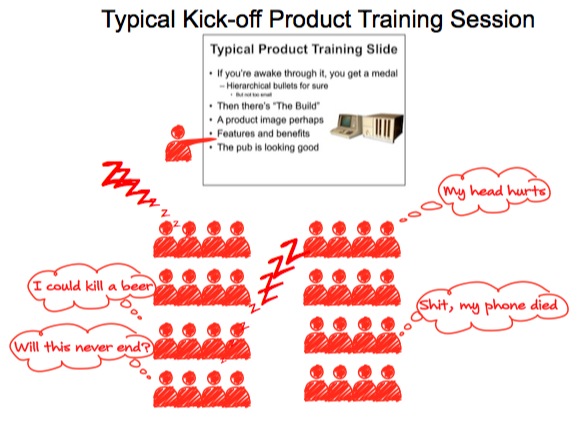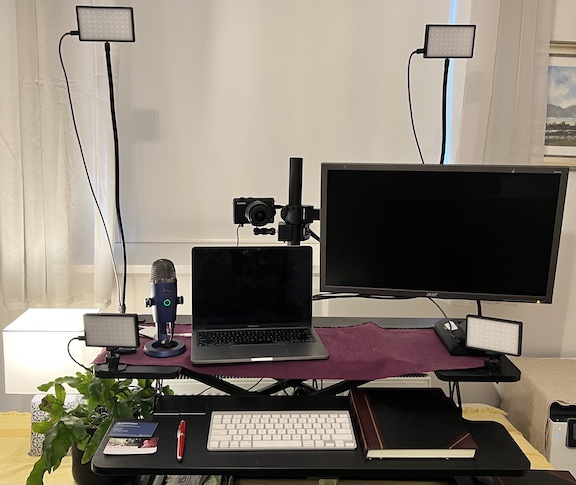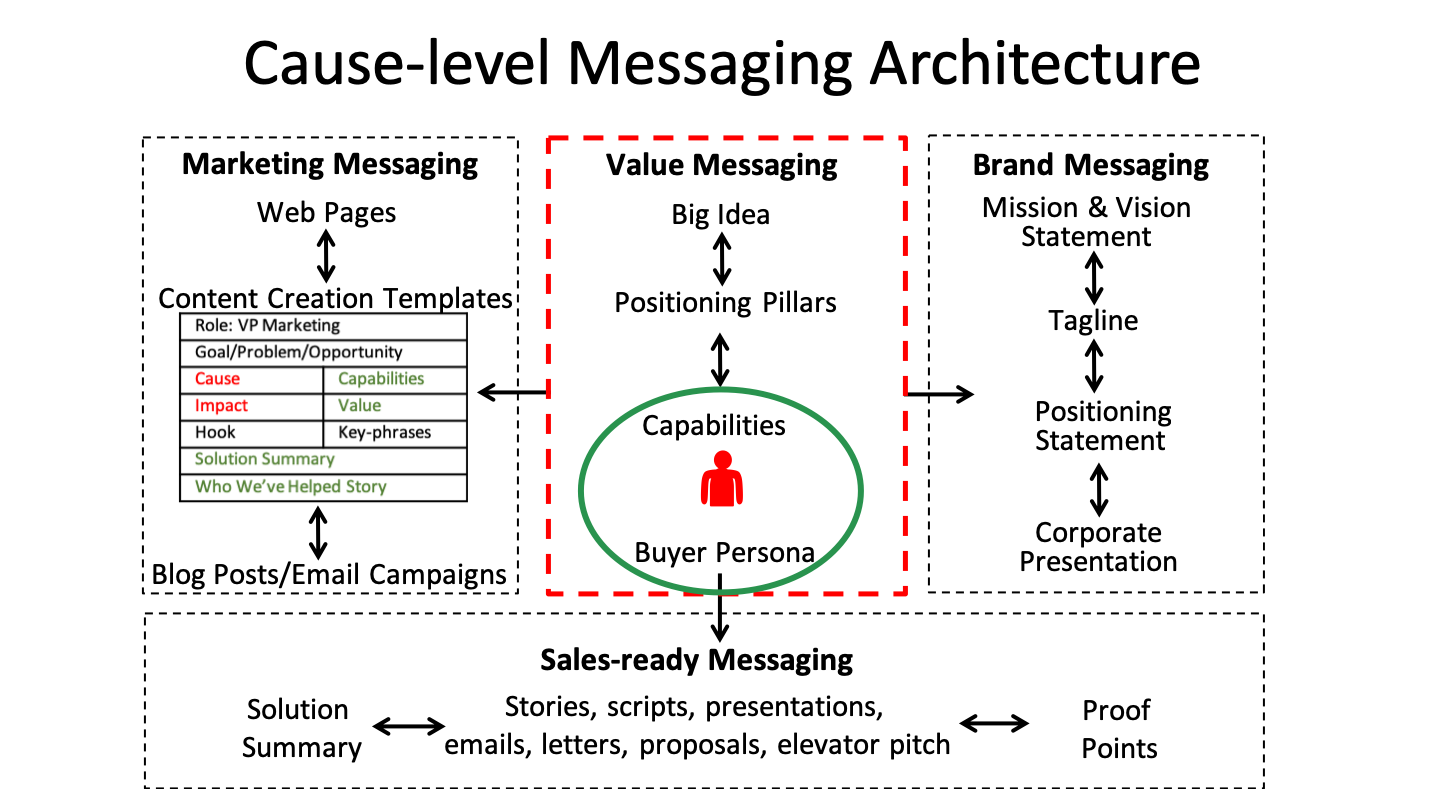Planning Kick-off Outcomes
Now that the worst of the pandemic is over, companies are again investing billions of dollars to bring sales and support people together for in-person sales kick-off events to start the new sales year.
These events are a celebration of the achievements of the prior year and offer a chance to:
- Review company performance and celebrate outstanding individual performers
- Set the tone for the coming year
- Refresh on corporate strategy
- Deliver a product update, and run a product training session
- Engage socially, renew acquaintances and make new friends
Apart from a good time and hangover to remember, salespeople typically leave the kick-off event with little more than they came with. Despite the best intentions of organizers, this is sadly the case and sales and marketing leadership need to take a more qualitative approach to plan kick-off outcomes.
Why Bother with an in-person Kick-off?
This is a good question and one that event planners and business leaders are finding increasingly difficult to answer, given that virtual kickoffs work and cost a fraction of traditional kickoffs.
With various levels of sophistication, virtual kickoffs typically feature a fanfair of rah-rah to start, expensive video and graphics, and lots of speeches that inevitably devolve into death by executive PowerPoint presentations over a videoconference.
Nothing can replace the value of in-person events for we are social creatures and our drive for human connection and community is strong. Kickoffs are the place where millions of new connections are formed and where countless romantic relationships start. Nothing is more important in our post-COVID world where >50% of employees work remotely than to bring teams together to talk, be heard, share experiences, and swap success stories and lessons learned. Inevitably most of this occurs outside of the formal kickoff sessions in social settings, by the pool, at the beach, or at the bar, where people can relax and be themselves.
Given the huge investment in time and money to stage a kick-off and the risks involved, business leaders should strive to give salespeople something other than the memory of a good time to take home. Ideally, this is a new skill, insight, or concept of value that they can use immediately after they return to work and perfect over time with practice and reinforcement.
Traditional Product Training is DEAD
Product training on a newly announced product, a recently acquired company's product, or a refresher on an existing product is often a driver for bringing sales teams together for an event and part of the business case to fund kick-off events. 
The trouble with traditional product training, despite the best efforts of the product
management/marketing and enablement team is that salespeople will not begin to sell the new product in the volumes the company would like until 9 months at the earliest, but likely12 months or more after introduction - on average.
To get true product ramp time, we need to add the time it takes for the core group to get comfortable selling the new product (3-6 months), to the time it takes for the sales cycle, from lead to close and let's use 3-6 months as an average cycle time in our example.
Let's assume that the sales team has an inbound lead conversion system that works and a supply of sales-ready leads are available from the day they are trained in selling the new product. Using a traditional product marketing training route it will take about a year to get the core group to sell-though... so at the next kick-off, the product management team will finally start seeing the results they sought in the prior year's kick-off.
Visual Storytelling & Role-playing, PRe and Post Event
Question: What if you could cut 90-120 days from the new product ramp time? - what would that do for your revenue and profit?
Question: What if you could embed a process into new hire training and use it at your next kick-off to get everyone trained and capable of selling the product, the day after training?
This is achievable in enablement workshop sessions, where salespeople engage in intense 1:1 role-playing using visual storytelling techniques and visual confections that are fully scripted and peppered with best practices discovery questions, common objections, and best practices resolution to those objections. At the end of the session, salespeople will have seen or presented the visual story up to 9 times and they know the story and can engage customers the next day. We have received numerous emails with feedback from successful salespeople who have used the newly acquired skill and confidence in the weeks following the training to identify and close multi-million dollar deals.
At the end of the session, salespeople will have seen or presented the visual story up to 9 times and they know the story and can engage customers the next day. We have received numerous emails with feedback from successful salespeople who have used the newly acquired skill and confidence in the weeks following the training to identify and close multi-million dollar deals.
Sales Management and Coaching Follow-up
As with any behavior change initiative, disciplined practice, coaching, and feedback from sales managers in the weeks and first few months after a visual storytelling event are key to getting ROI and cutting the ramp time for the sell-through of new products.
Without coaching and regular practice/use of the visual story and script, to overcome Ebbinghaus forgetting effect, salespeople may revert to their comfort zone and lean on PowerPoint to tell their story.
We recommend creating an expectation in the sales team that the Visual storytelling approach to learning is here to stay and not an option and they will be required to pass a certification role-play in front of their managers, several weeks or months after SKO and expected to complete reinforcement exercise on a quarterly basis for "must-know" concepts.
Book a free consultation




